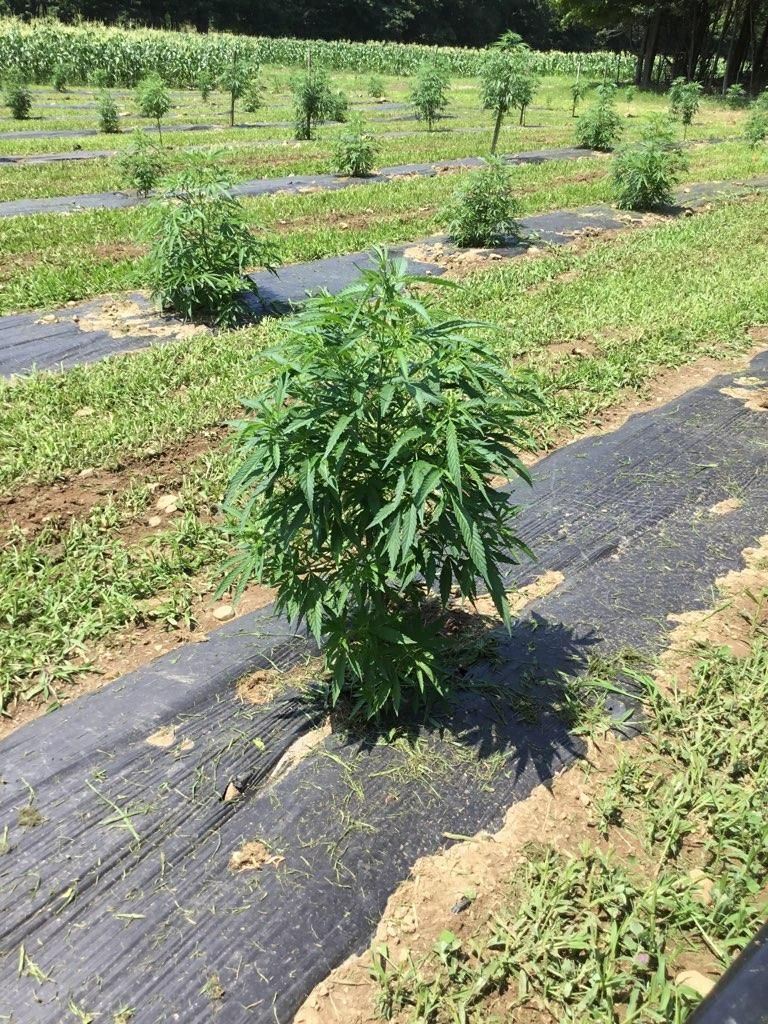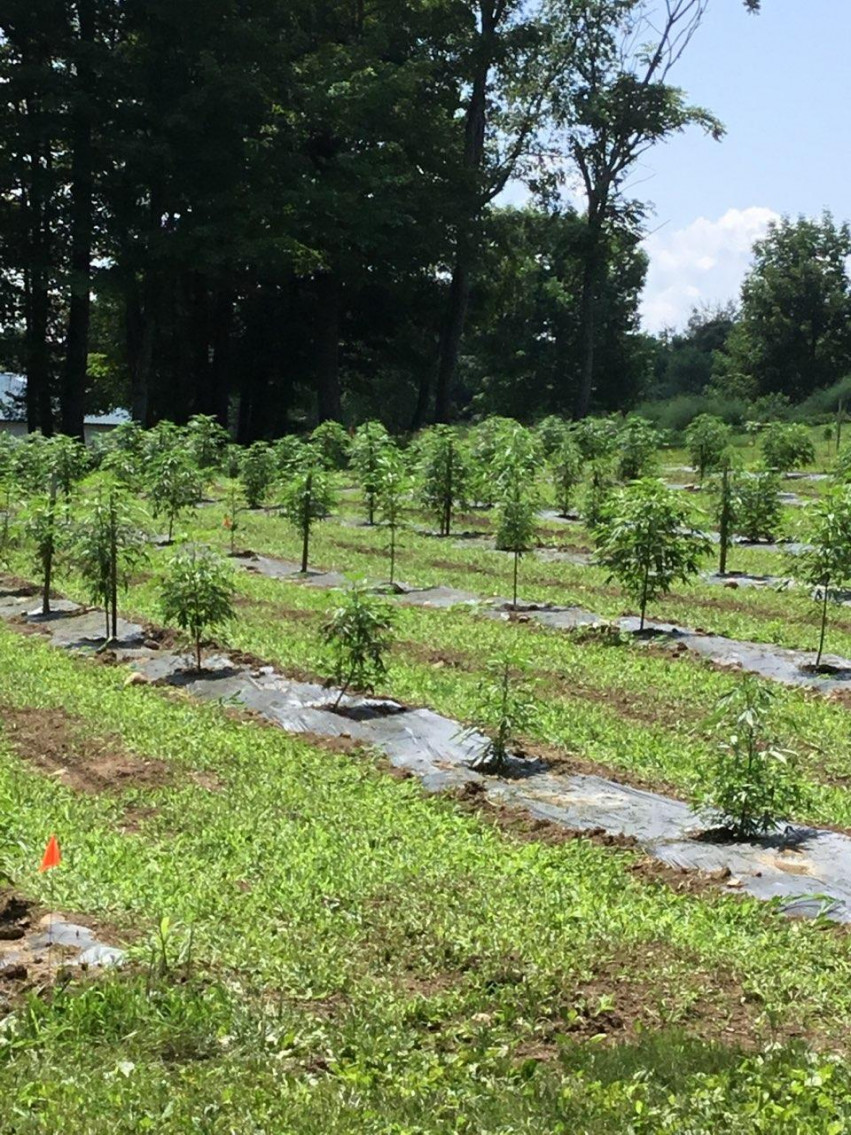Hemp... and the New Age of Agriculture in the US
I never thought the day would come when I would be typing out a blog post on a topic like hemp. Hemp, if you were marijuana, is your overachieving younger cousin that your parents wish you were more like. Instead of sitting on the couch and eating potato chips ravenously, you would be making something out of yourself and creating things. Hemp seeds, for example, can be made into protein powders, oils, and even milk! It's actually been farmed since the dawn of the agricultural age some 10,000 years ago. Check this page out to see the myriad of ways hemp can be used.
So what happened to cause this plant to go into the shadows in the US? After all, our founding fathers used to grow tons of this stuff to make rope, paper, and lamp fuel. The draft of the Declaration of Independence was written on hemp paper. Laws were even put into place in the 1700s requiring growth of this crop in certain colonies! In 1916 the United States Department of Agriculture published a study with findings that showed that hemp produces four times more paper an acre than trees do. You can see the study here.
Every time we have a good thing going our buddies in government get involved and start wrecking a good time. Overzealous politicians decided that hemp was more like marijuana than a wonder plant because it looked similar to it's cousin. So in 1937 Congress passed and FDR signed into law the "Marihuana Tax Act of 1937". Clearly, even though in the midst of the Great Depression, we had time to worry about pot plants. This tax act was a de facto ban not only on marijuana, but it also killed off most of the hemp production in the country. Then, in 1942, growth of hemp was encouraged for use during WWII under a program from the USDA called Hemp for Victory.

After the war the growth of hemp continued to decline as plastic and nylon became the dominate materials used across industries. This led to bankruptcy for hemp processors as they had no material to work with. Eventually, under the Nixon administration, hemp farming was banned as it was named in the 1970 Controlled Substances Act as a Schedule 1 drug even though it clearly is not a drug at all.
Nearly 300 years prior to the 1900s hemp had been a staple American crop, and now it was outlawed. Luckily, as we moved into the 2000s, and the internet began to take over, information started flowing and a buildup of pressure started to come to bare. Starting in 2004, hemp products for use in a dietary manner were allowed to be imported. Then in 2007, the first permits were issued in over 50 years for hemp growth. Onto 2014 when the first Farm Bill was signed into law permitting university research in states that allowed hemp farming.
Last year, as part of the 2018 Farm Bill, hemp was removed from Schedule 1 controlled substances and made an ordinary agricultural commodity. Hemp is now defined by law as cannabis with less than 0.3% THC level.

What does this mean for real estate?
In New York alone Canadian company Canopy Growth is set to invest up to $150 million to build a facility to produce and process the plant. This should help create growing opportunities for farms all across the state, although there are still some legislative gains that need to be made before it's smooth sailing. Farms that have buildings that can be used for processing may see growth in their business and property values as well as become store fronts for all things hemp. In an industry that has seen more and more consolidation and choking out of family farms, hemp may provide a rebirth to some of our local and small farming communities! Let's go hemp!

.png)

.png)